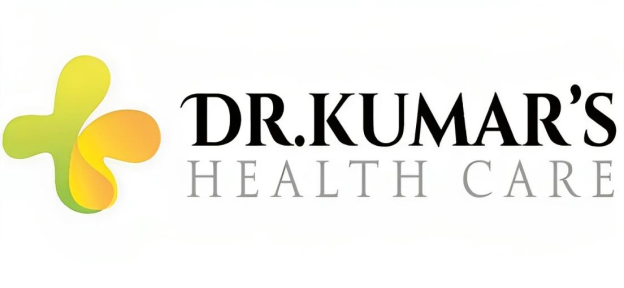Understanding Heel Pain in Sporty and Active Kids
Heel pain in children is a common issue, especially in those who participate in sports or lead active lifestyles. One of the most frequent causes is Sever’s disease, also known as calcaneal apophysitis. This condition typically affects children between 8 and 14 years old, when the heel bone is still developing.
Repeated stress from running, jumping, or high-impact sports can inflame the growth plate in the heel, causing discomfort. At Dr. Kumar’s Hospital, a trusted centre for pediatric orthopedics in Chromepet, we frequently help parents and children manage this condition effectively.
Why Children’s Heel Growth Plates Are Prone to Injury
Children’s bones grow from soft regions called growth plates, which are more flexible than solid bone. In the heel, this plate is where the Achilles tendon attaches. Because it hasn’t yet hardened into bone, it is more susceptible to injury from repetitive strain.
When children run, jump, or perform sudden movements, the Achilles tendon pulls on this vulnerable area, causing inflammation and pain. This explains why paediatric orthopaedics in Chennai often treat young athletes with heel discomfort.
What Triggers Sever’s Disease and Who Is at Risk
Several factors increase a child’s risk of developing Sever’s disease:
-
- High-impact activities : Sports like football, basketball, gymnastics, or athletics involve frequent jumping and running.
-
- Rapid growth spurts:Children grow quickly, and tightened muscles and tendons put extra strain on the heel.
-
- Footwear issues: Flat shoes or unsupportive footwear fail to cushion the heel adequately.
-
- Repetitive stress: Repeated physical activity without proper rest can exacerbate inflammation.
Parents should monitor active children for signs of heel pain. Early intervention with the guidance of best paediatrics ortho doctors in Chromepet can prevent prolonged discomfort.
How to Recognize the Symptoms of Sever’s Disease
The most common symptom is heel pain that worsens with activity. Children may also exhibit:
-
- Swelling or redness in some cases
- Limping or avoiding running/jumping
- Difficulty participating in sports or PE classes
- Tenderness when the heel’s sides or bottom are pressed
It’s important not to dismiss these symptoms as “just growing pains.” Early evaluation by a pediatric orthopedic in Chromepet ensures proper management and avoids prolonged discomfort.
How Doctors Diagnose and Manage Heel Pain in Children
Diagnosis usually involves a physical examination. The doctor applies gentle pressure to the heel to pinpoint the source of pain. X-rays are not always needed unless other conditions are suspected.
Treatment typically includes:
- Activity modification: Temporarily reducing running or jumping activities
- Supportive footwear and heel pads: Cushions or slight lifts reduce stress on the heel
- Pain relief medications: Anti-inflammatories like ibuprofen can ease discomfort
- Stretching and strengthening exercises: Gentle calf stretches and flexibility routines help relieve strain
- Protective devices for severe cases: A walking boot may be recommended in extreme situations
At Dr. Kumar’s Hospital, children also benefit from additional guidance on pediatric fracture treatment in Chennai, ensuring complete orthopedic care.
Preventive Tips for Parents and Coaches
To reduce the risk of Sever’s disease:
- Encourage proper footwear: Shoes with adequate heel cushioning and arch support.
- Warm-up and stretch: Simple stretches for calves and Achilles tendon before sports.
- Gradual training: Avoid sudden increases in running/jumping intensity.
- Monitor growth spurts: Increase rest periods during rapid growth phases.
- Early medical consultation: Don’t ignore persistent heel pain; consult the best pediatric orthopedicians in Chennai.
What to Expect During Recovery and Long-Term Outlook
The prognosis for Sever’s disease is very positive:
- Symptoms usually improve with rest and supportive care
- Children may temporarily avoid high-impact sports to allow healing
- Pain may return if activities are resumed too soon, but long-term damage is rare
- The condition disappears completely once the heel growth plate matures into solid bone in late adolescence
With proper care and guidance from specialists in paediatric orthopaedics in Chennai, children can return to sports safely and comfortably.
At Dr. Kumar’s Hospital, we provide a full range of pediatric orthopedic services, including pediatric orthopedic consultations and treatments for active children experiencing heel pain or other growth-related issues.


